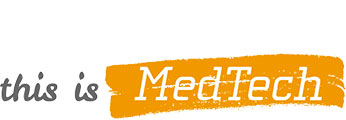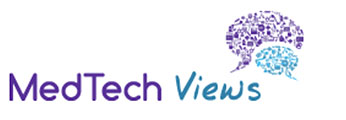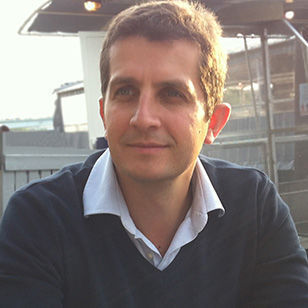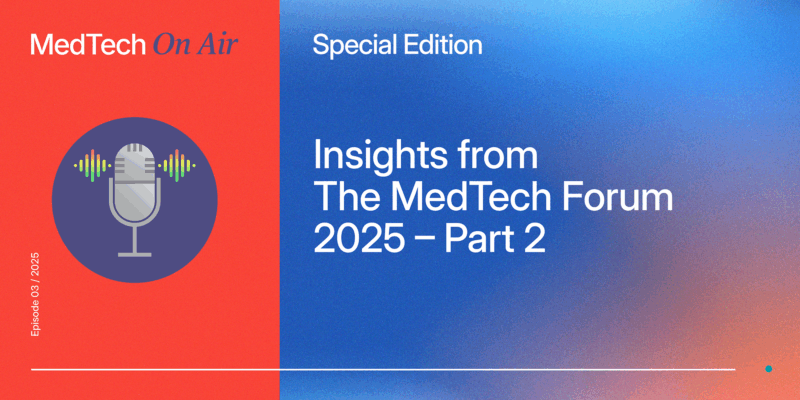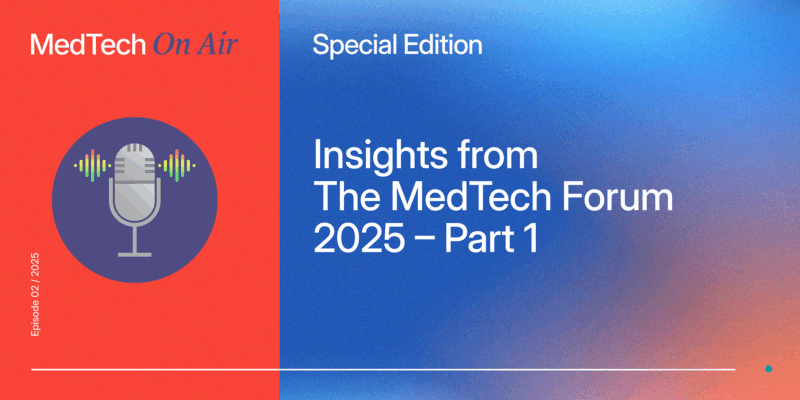
A golden age of ageing: how Europe can outpace its growing healthcare needs

Europe’s population is ageing, with the over-60 demographic increasing by about 3.5 million each year. This trend brings a higher burden of age-related diseases such as osteoarthritis (OA), atrial fibrillation, cardiovascular disease, cancer, and dementia. The medtech industry is stepping up to meet these challenges by innovating to produce less invasive and more personalised medical interventions.
Medtech on a mission
Patients undergoing certain robot-assisted total knee replacements are one-third less likely to require surgical revision (1). Heart failure patients can benefit from miniature heart pumps delivered via catheter, capable of pumping 5 litres of blood per minute. Advanced surgical instruments are now precise enough to operate deep within the lungs, improving survival rates for early-stage lung cancer. This is the power of medtech. In fact, the medtech industry submitted the second-highest number of patent applications in Europe in 2023 (2). This should represent a golden age for ageing if patients have access to these life-transforming innovations. However, access is often limited by Europe’s reimbursement models and regulatory systems.
Reducing pressure in the healthcare system
Healthcare systems across Europe face budget pressures – the use of medtech innovation has the potential to improve outcomes and mitigate costs. For example, robotic-assisted knee surgeries at Spire Nottingham reduced operating room time by up to 30 minutes and decreased patient stays from 2 days to 1.6 days without changing the care pathway. Yet, widespread reimbursement for these technologies remains a challenge. As screening becomes more widely available, more patients will have their lung cancer diagnosed at an earlier stage. This will also facilitate greater therapeutic and surgical progress in identifying and successfully treating more lung cancer cases.
Regulation fit for the future
Europe’s strong regulations, particularly the CE marking process, rightly aim to uphold high standards of quality. However, these regulations can be overly complex and costly, without significant patient benefit. While Europe remains a leader in innovation, as shown by the high number of patent applications, it’s essential to implement pragmatic, cost-effective regulatory pathways that ensure patient safety.
Regulation needs to be fit for the future, especially in data and digital solutions. Facilitating cross-border data access while maintaining flexibility in data collection will be crucial in improving patient outcomes, particularly in the field of robotics.
An industry that transforms lives: attracting top talent in the medtech industry
I can think of few other industries with the power to transform lives as much as medtech. To attract top talent, the industry must showcase innovations, build growth opportunities, and create a work-life balance that resonates with new generations. By fostering an environment conducive to career development in medtech, celebrating improved patient impact and outcomes, Europe can position itself as a top destination for the best talent, helping to transform more lives.
Medtech has a tremendous opportunity
To support its ageing population, Europe must harness the potential of its innovators and enhance competitiveness. This involves simplifying regulation without compromising safety and transforming healthcare systems to encourage the launch of innovative products in the region. Preparing regulatory and healthcare systems for the integration of data and artificial intelligence will be crucial, as these technologies attract future generations of talent and are already revolutionising the medtech industry and beyond. There’s never been a more exciting time to work in medtech!
1. Australian Orthopaedic Association National Joint Replacement Registry (AOANJRR), Ad Hoc Report, ID No. 4067 for DePuy Synthes, ATTUNE Total Knee (Procedures from 16 Aug 1999 – 25 Sept 2024). Report Approved 2nd Oct 2024, AOA, Adelaide: 1-27
2. https://www.medtecheurope.org/datahub/innovation/
3. As reported by the hospital from electronic medical records. Total OR time defined by patient – door in – door out. 100 manual cases of the 3 surgeons using Velys only.

